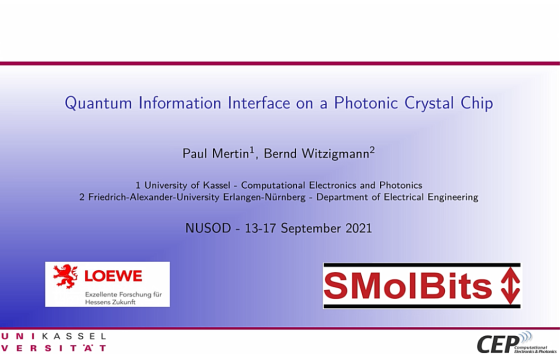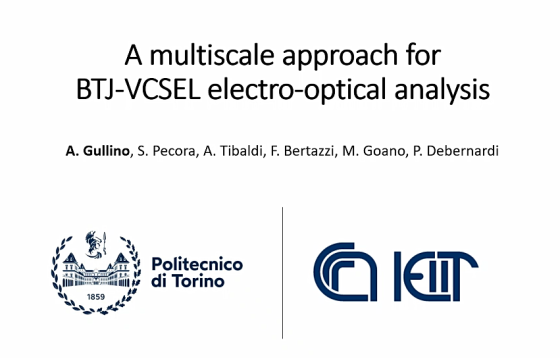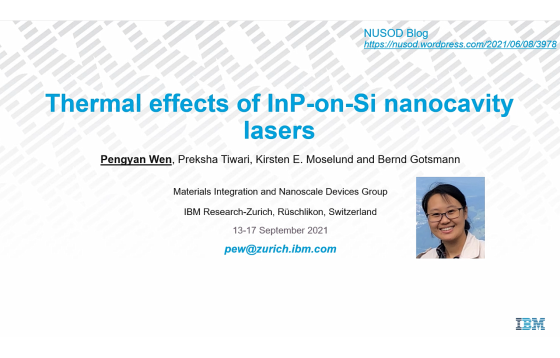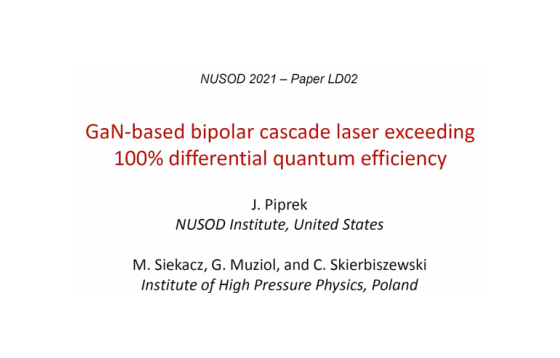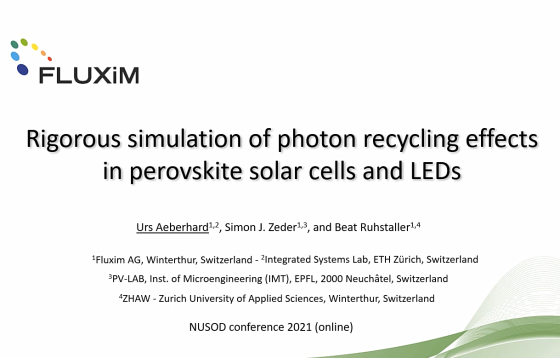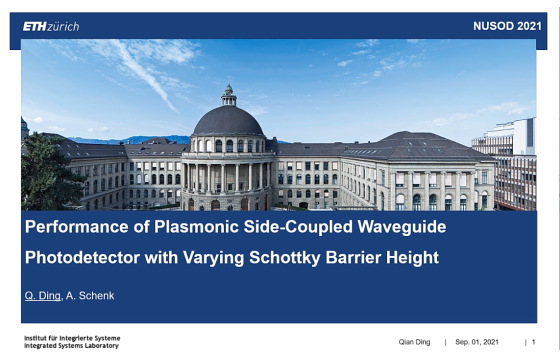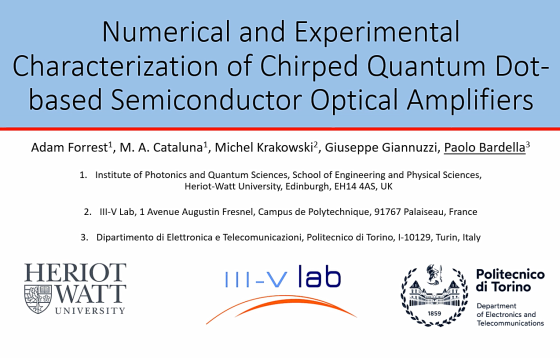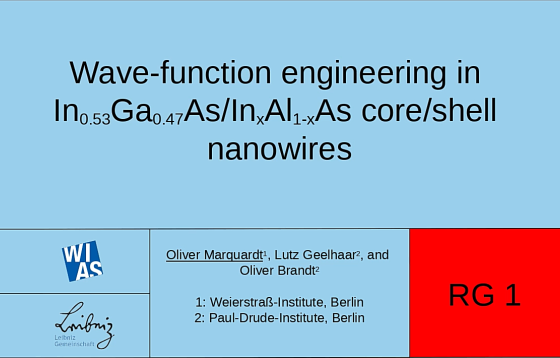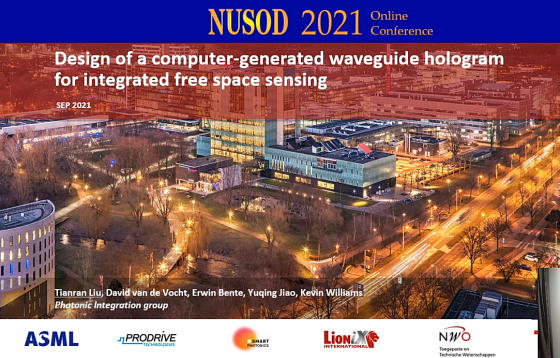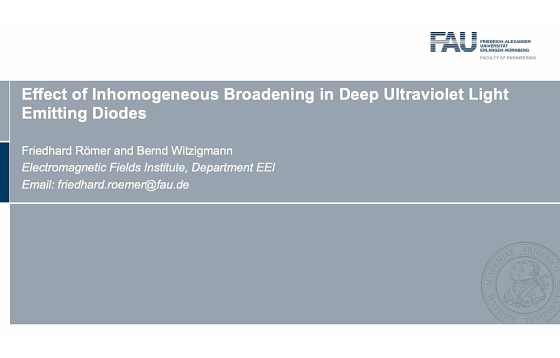P02–Quantum Information Interface on a Photonic Crystal Chip
Quantum systems for information processing rely on the distribution of quantum information in a network. Lanthanide complexes coupled to an optical cavity can act as an interface between a stationary and a flying QuBit. Here we show that in such a system the stationary quantum information can be mapped onto a photon, paving the way […]




